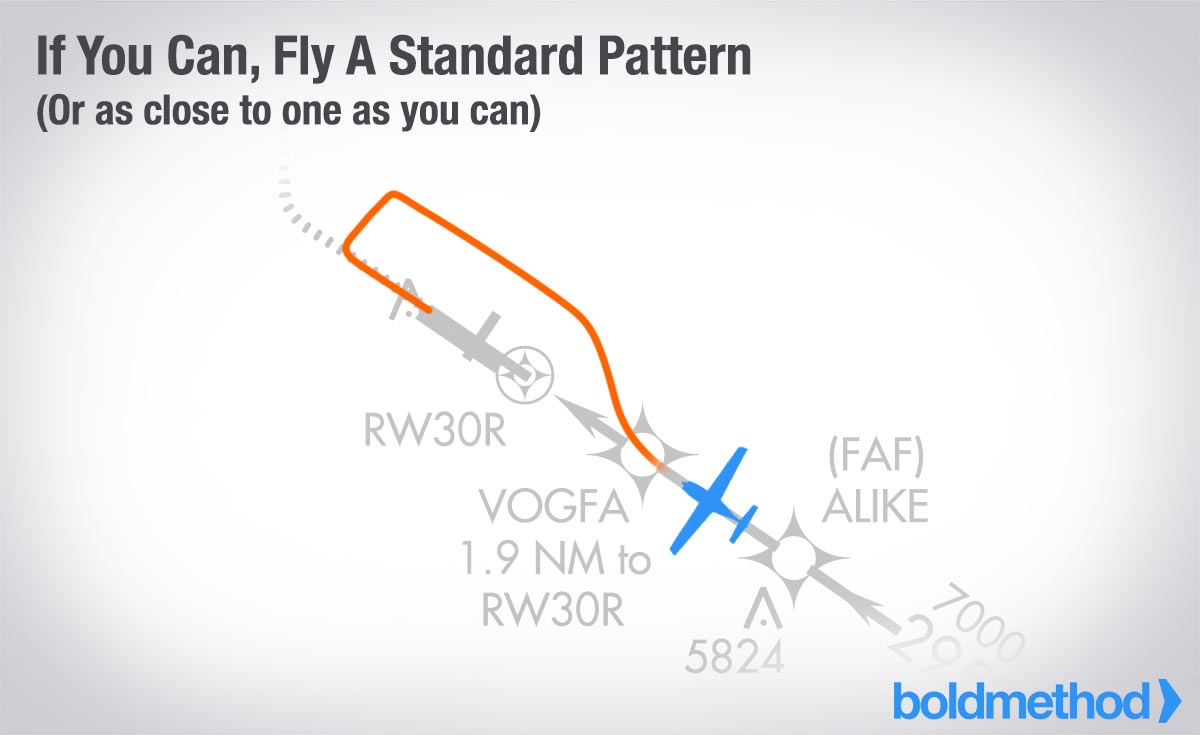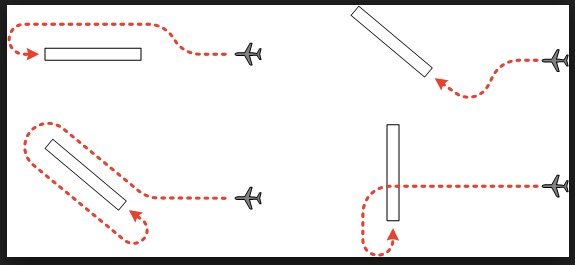Circling Approach after an IFR Approach
Practical guide to fly a Circling Approach under FAA & EASA guidance
Circling approach is not what you practice often, similar to entering a hold manually. Last in my IPC check flight you have to, that's why I thought I'd summarize here what's important to consider.
Flying a circling approach requires precision, situational awareness, and adherence to regulatory guidelines. Whether operating under FAA or EASA regulations, executing a circling approach safely is crucial when a straight-in landing is not possible due to wind, obstacles, or runway configurations. Below, we outline the key steps and considerations for flying a circling approach in a general aviation aircraft.
1. What is a Circling Approach?
A circling approach is a maneuver conducted when an instrument approach brings an aircraft to a runway environment, but a straight-in landing is not feasible. Instead, the pilot visually transitions to a different runway while maintaining visual contact with the airport.

2. How to Fly a Circling Approach
Step 1: Establish on Final Approach Course
- Fly the instrument approach to the Minimum Descent Altitude (MDA) or Decision Altitude (DA) while maintaining proper configuration and speed for landing.
Step 2: Identify the Runway Environment
- Ensure you have visual contact with the runway or airport environment before descending below the MDA.
- Check for obstacles and ensure there’s sufficient room to maneuver within the protected circling area.
Step 3: Maintain Minimum Circling Altitude
- Stay at or above the published circling MDA until the aircraft is in a position to make a stabilized descent to landing.
- Keep the airport environment in sight at all times.
Step 4: Execute the Circling Maneuver
- Use a standard rate turn to transition from the instrument approach to the intended landing runway.
- Avoid steep turns and large deviations that could lead to disorientation or loss of control.
- Adjust bank angle and airspeed to maintain a stable approach.
Step 5: Transition to Final Approach
- Once aligned with the landing runway, descend at a controlled rate, ensuring a stable final approach.
- Avoid excessive maneuvering that could compromise approach stability.
Step 6: Execute a Go-Around If Needed
- If visual contact is lost, initiate a missed approach immediately.
- Follow the published missed approach procedure or ATC instructions.
3. Important Considerations
- Obstacle Clearance: Be aware of terrain and structures within the circling area.
- Weather & Visibility: Ensure compliance with circling minimums and avoid maneuvering in marginal conditions.
- Airspeed Control: Fly at a safe but controlled speed for maneuvering, following aircraft category-specific speed restrictions.
- Wind Correction: Account for crosswinds when circling to avoid drifting off course.
- Aircraft Configuration: Maintain landing configuration throughout to ensure a stabilized approach.
- Missed Approach Readiness: Always have an escape plan in case visual references are lost.

4. Regulatory Differences: FAA vs. EASA
- FAA: Circling minimums vary by aircraft category and require remaining within a defined protected area. Loss of visual reference requires an immediate missed approach.
- EASA: Uses ICAO PANS-OPS criteria with a larger circling area, allowing more flexibility in maneuvering but requiring continuous obstacle clearance and a stable final turn.
5. Example Circling Approach Scenario
(Include an image similar to the provided reference, illustrating an IFR approach followed by a circling maneuver to a parallel or perpendicular runway.)
Conclusion
Flying a circling approach is a challenging maneuver that requires thorough planning and situational awareness. Pilots should always be prepared for a missed approach and maintain proficiency in circling procedures through recurrent training. Whether under FAA or EASA regulations, the core principles remain the same: stay within protected airspace, maintain visual contact, and execute a safe and stabilized landing.